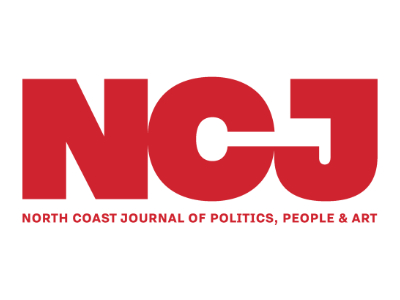
Teen Court offers a second chance for teens to set their records straight
On a recent Thursday afternoon, two teenagers appeared in court after taking responsibility for minor offenses they committed in separate incidents that brought them into contact with law enforcement. While an official hearing, this one diverged from standard proceedings in several ways, most markedly in that the teens’ peers filled the roles of counsel and jury, and — with the pair’s input — decided how they would make amends. Coming to order that day was a session of the Boys and Girls Club of the Redwoods Teen Court, a diversion program led by local youth for local youth under the guidance of adult mentors with a focus on providing kids who have strayed off course a chance to reset. At four tables pushed together in the conference center at the nonprofit’s Eureka headquarters, Superior Court Judge Lawrence Killoran sat wearing a dress shirt instead of his usual judicial robe alongside seven teen volunteers and two participants as each case got underway. He explained in a calming voice how their situations might be handled in a traditional court setting, including possible consequences. Then, the Teen Court advocate representing the pair offered an opening statement, highlighting their positive attributes, from good grades and community involvement to their hobbies. Each of the two then had a chance to present their account of what brought them there that day. One case at a time, going around the table in order, the teens jurors had a chance to ask questions. Some centered on the incident (“Do you regret your actions?” and “Did you feel peer pressure?”) while others focused on them as individuals (“What plans do you have for your future?” and “What are you stressed about?”). When Killoran’s turn came, he used the same avuncular tone as earlier to ask which subjects they liked best in school and shared some personal anecdotes, relating to one how he also grew up in a large family. And he reflected back on their answers, including about how their actions impacted others. “What I’m hearing,” he said to one, “is that you have empathy.” Because Teen Court is designed to be restorative, the terms used to describe the process and those involved are reflective of that goal, with advocates instead of attorneys, hearings instead of trials and assignments instead of sentences. After closing remarks, which included the participants’ own suggestions for possible restorative options they might be assigned…

